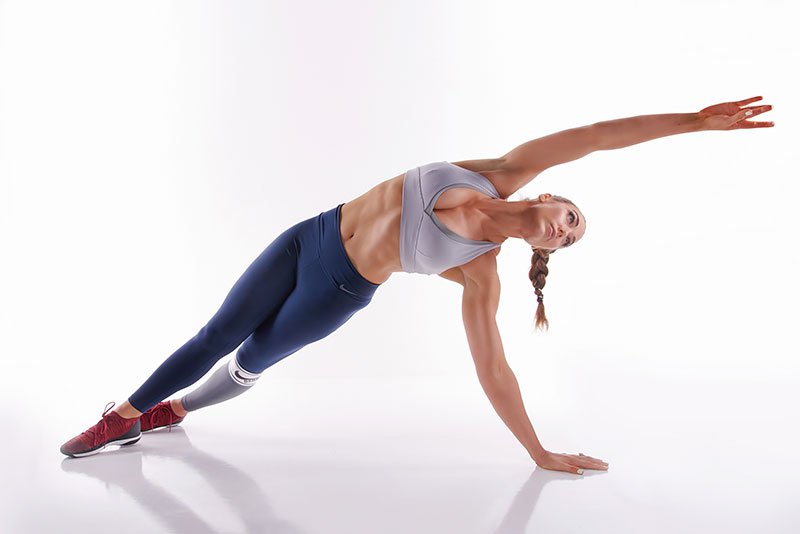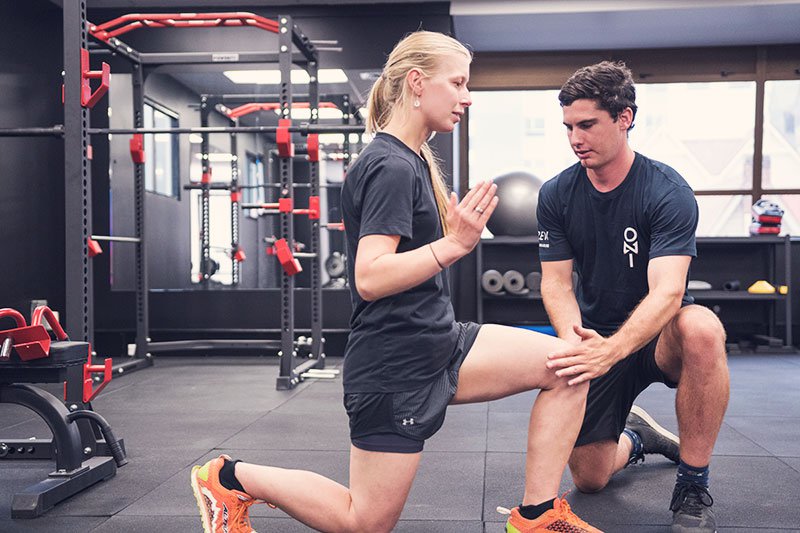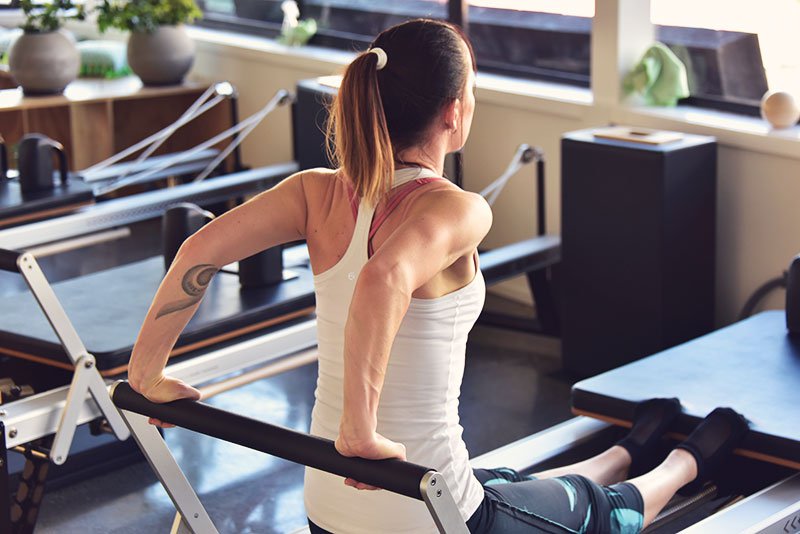Slow and steady wins the race
By MAS Team
HIIT classes are growing in popularity, with all sorts of claims made about their health benefits.
Popular chain Les Mills offers a range of HIIT classes, while other gyms including Crossfit and F45 have popped up around the country, specialising in these intense, fast-paced workouts.
Les Mills backs up their classes by pointing to a study they carried out with US university, Penn State, which recommended 30-40 minutes of high-intensity interval training per week – "high intensity" being defined as exercise where the heart rate is maintained at 90 percent of its maximum.
Compared with these sorts of training regimes, you'd be forgiven for thinking that a simple brisk walk with a friend wouldn't have the same benefits as a workout that leaves you dripping in weat and unable to walk the next day.
But more and more people are realising the value of slowing down and taking a different approach to their daily workout, engaging in less-strenuous exercise that limits the risk of injury.

Nats Levi could not stop exercising. The Auckland teacher and fitness enthusiast was once so blessed with physical activity that she couldn't go a day without working out.
"It was an addiction. I didn't realise that I was in the grips of addiction at the time. I could never do just one session a day and if I felt fine, I would push myself to do two. Taking a day off was really, really hard, and even on that day off, I'd be itching to move," says Nats.
Nats found exercise empowering and fulfilling, but when she was diagnosed with what is known as the female athlete triad – where her hormonal system crashed due to exercise overlead and she lost her menstrual cycle – she realised she had to make some changes.
After her diagnosis, Nats began slowly pulling back from her intense workout regime and incorporating more controlled forms of exercise.
"We have this crazy notion that you need to be really sweaty and your body needs to be really sore for exercise to count, but it's not the case.
"I really love mixing up my training now, whether its barre, Pilates, breathwork. You're still working really hard, but it's hard in a different way. You're gaining control and working on your technique. It was hard to shift my mindset – I wouldn't have counted this stuff as exercise before."
It wasn't an easy transition for a fitness fanatic like Nats, but she said patience was key to changing her mindset and accepting that low-intensity exercise was just as beneficial as the hardcore workouts she was used to doing.
"I've realised you need to be patient with it. The first couple of times I tried low-intensity workouts, I would think to myself 'this is rubbish and a waste of my time'.
"But I'd gradually start to see the benefits for my body. For example, I would notice that my lower back felt a little bit freer or my neck didn't feel as tight."
"Sitting down nine hours a day hunched over a computer is unnatural, but some people end up doing this every day for 50 years," says personal trainer Michael Lahood.
The Wellington-based movement specialist spends time thinking about the ways human behaviours have changed and worries about the unnatural way many people now use their bodies.
"How many people have back pain? Knee pain? Age plays a very small role in most people's pain. It's the sedentary lifestyle that causes pain and then your body starts fighting back," he says.
Michael believes that low-impact training is the way to build up fitness and resistance, so people can participate in HIIT, without the risk of injury.
"I'm all for low-impact, low-intensity training, and learning to use your body first. Whether that's through yoga, a personal trainer or Pilates, it's all about learning how your body operates before you move towards high-intensity workouts," he says.
Michael believes the emphasis should be on the quality of your workout, not the intensity, when it comes to judging the benefits for your overall health.
"You don't need to completely smash your workout, and you don't need to be dripping in sweat. The quality of movement and quality of your mental state is much more important."

"My opinion is that you shouldn't do something fast unless you can do it slow," says Anna Cochrane, owner of Wellington's Thrive Pilates Studio.
Anna got hooked on Pilates after having major abdominal surgery in her early 20s. While she initially loved it for rehabilitation purposes, she continued Pilates for general fitness and injury prevention.
"A lot of people go to HIIT without much body awareness. If you're doing something really fast and haven't thought about how to engage the right muscles in the right part of your body, it's only a matter of time before you start getting niggles and injuries."
A lot of Anna's clients are office workers who are struggling with poor posture, tight hip flexors and lower back pain. She also works with cyclists, runners and triathletes who use Pilates as a way to prevent the injuries they can pick up from their usual training.
"Pilates is a conditioning tool to make faster, more-intesnse exercise safer. I can understand the lure of HIIT: it's dramatic, it's sweaty, you burn a lot of calories, but I would move cautiously if you haven't done any sort of prep work."
Core strength is one of the main benefits of Pilates, and Anna likens the importance of core strength to the foundation of a house. You can't build a strong house without getting the foundations right first, and the same logic applies when it comes to building a strong body.
Building core strength requires focus and attention; it's not something easily achieved in a HIIT environment with pounding music. The potential to produce power, speed and efficiency of movement is greater with such a foundation, and you simply can't learn this properly in a fast-paced environment."


Moving into a new flat comes with a slew of questions. Most important? Finding the right squad to share your space. While your besties may be crack up in the halls, the perfect flattie is chock full of qualities that aren’t so obvious.

No one likes to feel stressed, but it isn’t always a bad thing, especially if we can use the stress for motivation.

The summer holidays are peak season for burglaries. Learn how to protect your home while you are away enjoying the break you deserve.